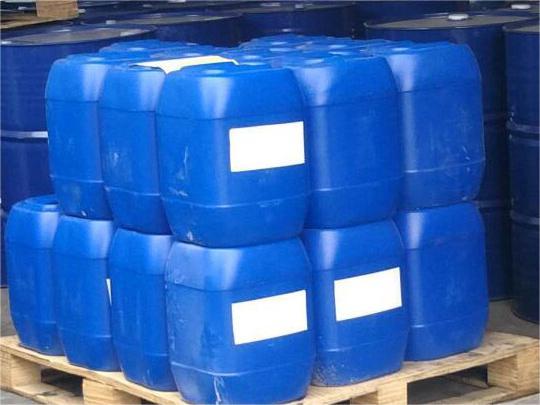Amines: foam products appear to be split, and there are pores or blisters in the foam
Less amine: The foam shrinks and closes, and the foam product has a thick bottom.
Tin: stannous octoate T-9 is generally used; T-19 is a gel reaction catalyst with high catalytic activity, which mainly promotes the gel reaction, that is, the later reaction.
Tin Duo: Fast gelation, increased viscosity, poor resilience, poor air permeability, resulting in closed cell phenomenon. If the dosage is appropriately increased, a good open-cell foam with relaxation can be obtained, and further increasing the dosage will make the foam gradually tighter, resulting in shrinkage and closed cells.
Less tin: Insufficient gel, resulting in splitting during foaming. There are cracks on the edge or top, and there are blanking and burrs.
Either reducing the amine or increasing the tin can increase the strength of the polymer bubble film wall in the presence of a large amount of gas, thereby reducing hollowing or cracking.
Whether the polyurethane foam has an ideal open-cell or closed-cell structure mainly depends on whether the gel reaction speed and the gas expansion speed are balanced during the foam formation process. This balance can be achieved by adjusting the types and amounts of tertiary amine catalysts and foam stabilizers in the formulation.


